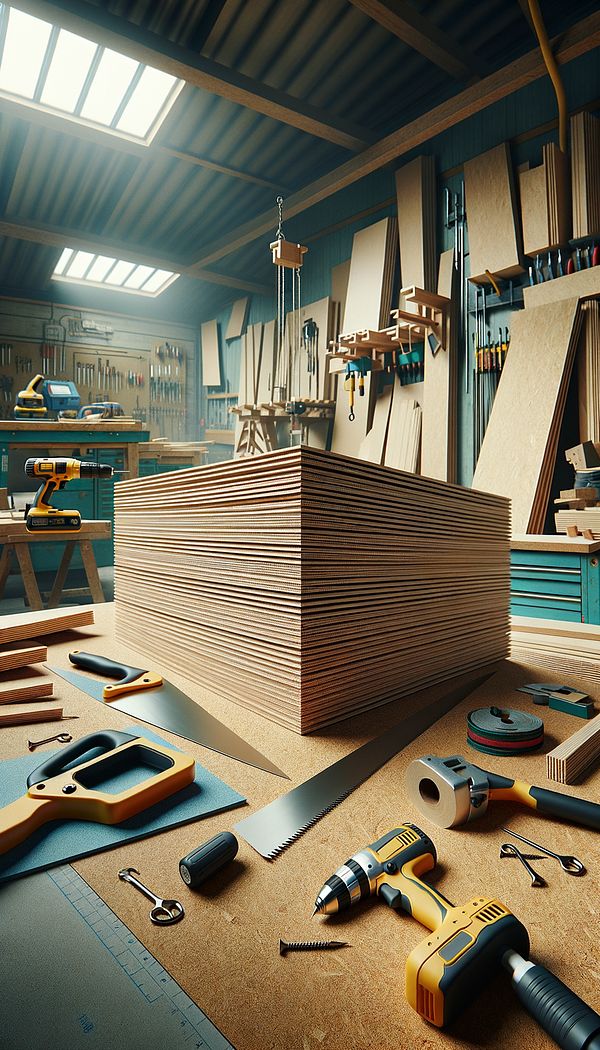What is MDF - Medium Density Fiberboard?
MDF, or Medium Density Fiberboard, is a type of engineered wood product.
Description
Medium Density Fiberboard (MDF) is made from wood fibers that are combined with resin and wax and then compressed under high pressure and temperature to create a dense, strong board. This process results in a smooth surface that lacks knots and grains, which makes MDF an ideal substrate for painting and veneering.
In the realm of interior design, MDF is celebrated for its versatility and affordability. It can be easily machined and molded into a wide range of shapes and sizes, allowing for intricate designs and custom fittings. Whether you're looking for cabinet doors, molding, or furniture, MDF offers a cost-effective solution that doesn't compromise on quality.
However, it's important to note that, despite its many advantages, MDF is not without its drawbacks. The material is more susceptible to water damage than solid wood, and can swell or warp if exposed to moisture. Additionally, during the cutting or sanding process, MDF can release dust particles that may be harmful if inhaled, so proper safety precautions should be observed.
Usage
MDF is frequently used in the production of furniture, cabinetry, shelving units, and interior moldings. It's also a popular choice for making speaker boxes, door parts, and in various decorative projects that require a smooth finish after painting.
FAQs
-
Is MDF environmentally friendly?
MDF can be considered more environmentally friendly than some other wood products, as it's often made from recycled wood fibers. However, the use of formaldehyde in some resins used for its production has raised concerns. Look for MDF certified as low in formaldehyde emissions for a more eco-friendly option.
-
Can MDF be used in outdoor projects?
MDF is not well-suited for outdoor use due to its vulnerability to moisture. Exposure to water can cause swelling or warping. For outdoor projects, materials specifically designed to withstand the elements are recommended.
-
How do you care for MDF furniture?
To care for MDF furniture, avoid exposure to moisture and use a dry or slightly damp cloth for cleaning. Avoid using harsh chemicals or abrasive cleaners. Regular dusting will help maintain its appearance.
Practical Application
When working with MDF, it's crucial to wear proper safety equipment, such as masks, to avoid inhaling dust particles during cutting or sanding. Seal the edges of MDF with suitable sealants to enhance durability and protect against moisture. When painting, the smooth surface of MDF allows for a high-quality finish, but applying a primer beforehand can achieve the best results.
-
NRC - Noise Reduction CoefficientNRC is a standard measure to indicate how much sound an acoustic material can absorb.
-
RunnerA runner is a long, narrow rug designed to be placed in hallways or staircases.
-
Dutch DresserA Dutch Dresser is a type of sturdy and practical furniture piece consisting of shelves above and drawers or cupboards below.
-
French RenaissanceFrench Renaissance refers to a period of rebirth in French art and architecture, emulating classical forms with a focus on symmetry and proportion.
-
TraditionalTraditional interior design is a timeless style that emphasizes classic, symmetrical arrangements and rich details.
